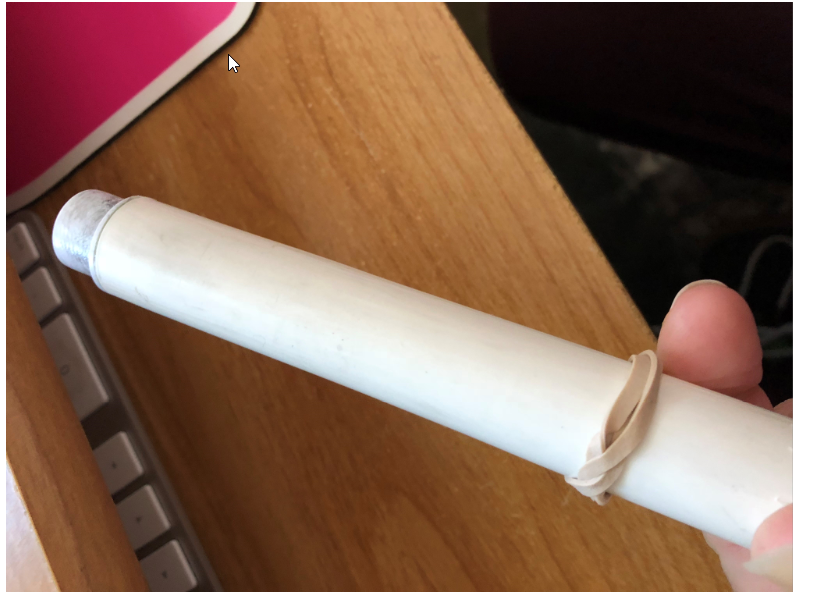Fault Finding/Troubleshooting
- Unit is completely dead – i.e. no display, no power light and no outputs.
Check that the power pack is functioning (by measuring with a voltmeter if possible) and that it is plugged in, switched on and properly connected to the controller.
If the unit still fails to function then the probability is that the internal 4A fuse (20mm x 5mm miniature glass fuse) may have been blown.
The most likely cause of this happening is that wires connecting to the solenoid valves or pumps have touched together and shorted out.
To fix this it is important to clear the fault first. Inspect all wiring and ensure that all wires are well insulated right to the point where they enter the connector. Also check the connections at the solenoid valves.
Then replace the fuse with a genuine 4A fuse. DO NOT ATTACH WIRE OR ALUMINIUM FOIL ACROSS IT.
- Cannot calibrate pH.
Replace the pH electrode with a standard BNC gel filled electrode. - EC calibration out or EC reading varies.
Ensure that there is a small non-turbulent flow of solution past the face of the EC probe.
Ensure probe has been properly cleaned.
How to clean EC probe:
1) Remove the probe shroud with caution, as this can be difficult if salts have built up. Using a butter knife or screwdriver you can gently pry it off.
2) Place one to two drops of liquid scourer on the probe face.
3) Rub probe face with your finger firmly and vigorously to clean.
4) Rinse off all traces of cleaner with the same finger under running water
5) Check that the water forms a film on the probe face and is free from grease or oil with no “beads” of water (if there are beads, restart cleaning process).
6) Replace shroud and retry calibration. - pH fails to dose.
Ensure that the controller is set for raise or lower to match the solution used. i.e. if you are using acid (pH down) then set the controller to pH lower and ensure that that pump/solenoid is connected to the pH lower output. - pH overdoses.
Check that the controller is set for pH raise or lower as described in 4 above. Also, check that the dose time is not excessive. Each dose should change the pH by about 0.1pH - EC overdoses.
Check that there is adequate flow through the sample pot and that the EC dose time is not excessive. Each dose should change the EC by 0.1 (CF1 or 50ppm) - Erratic EC Readings.
Possibility that there are air bubbles in the shroud on your EC Probe.
Easiest solution is to remove the shroud and use a zip tie or rubber band to hang the probe from the top of the sample pot (Picture below), just making sure the bottom of the EC probe does not sit on the bottom of the sample pot.

%20copy-1.png?width=200&height=58&name=Bluelab-logo__Trans_RGB-medium%20(2)%20copy-1.png)